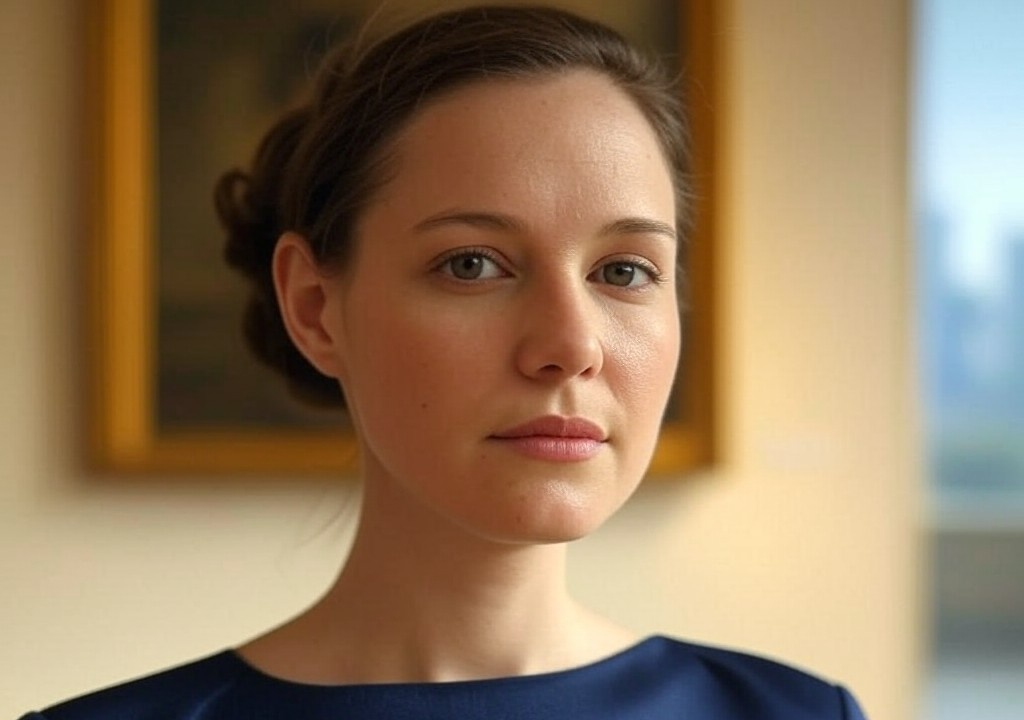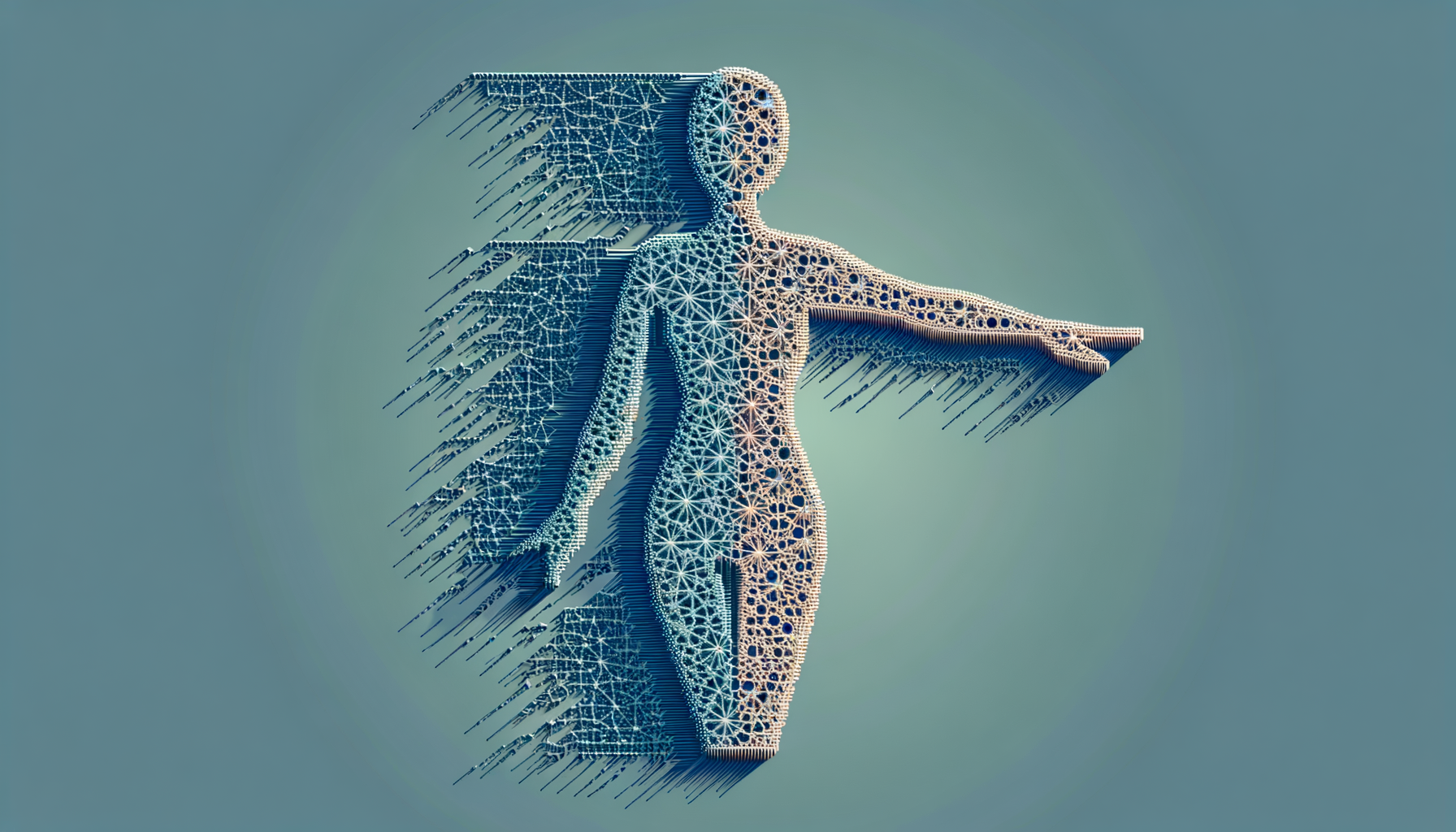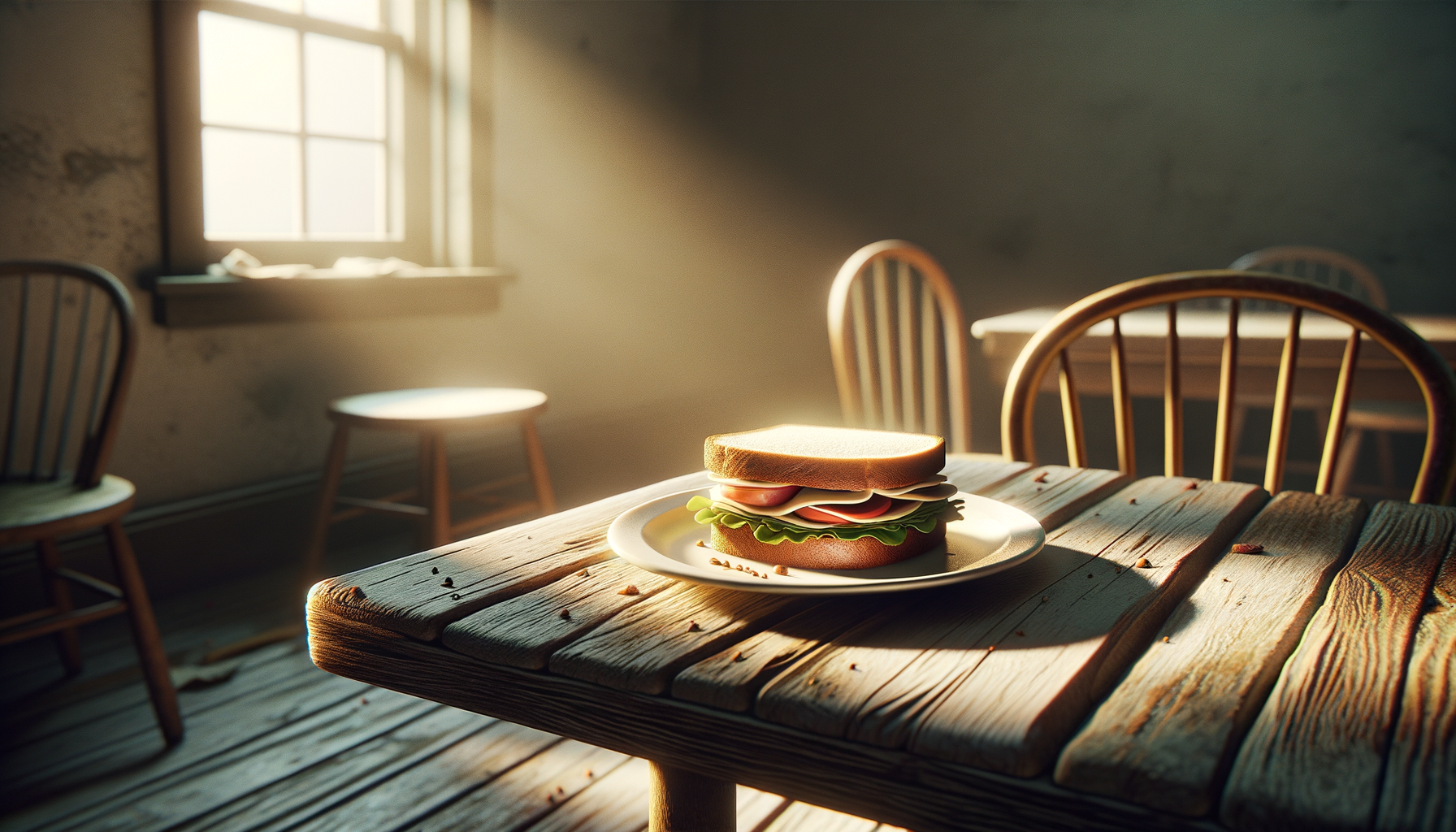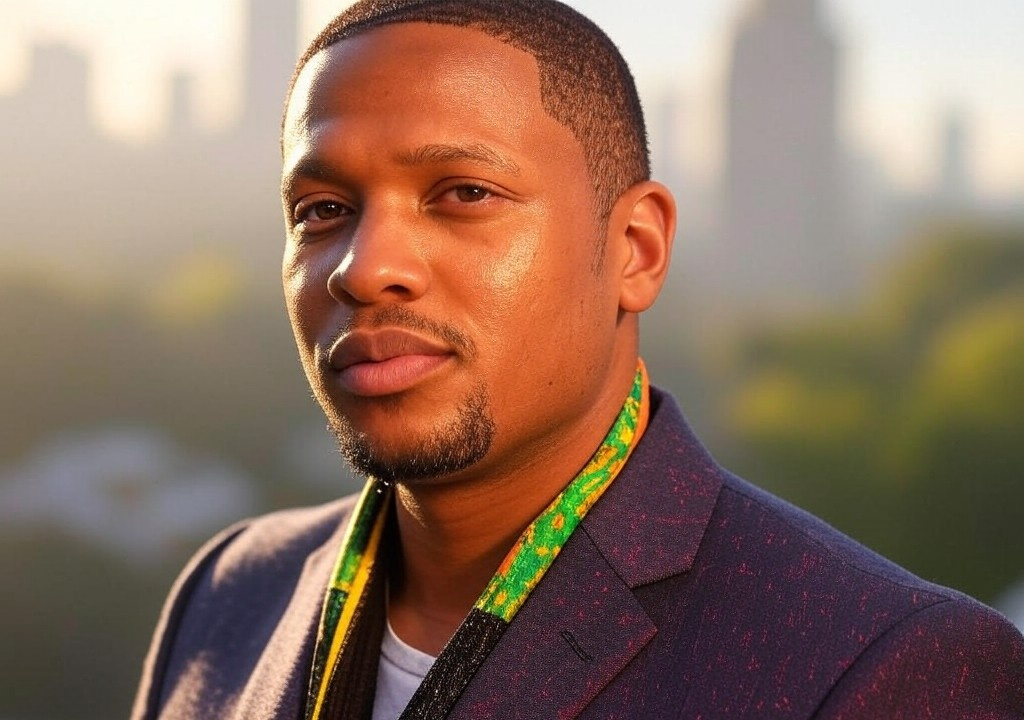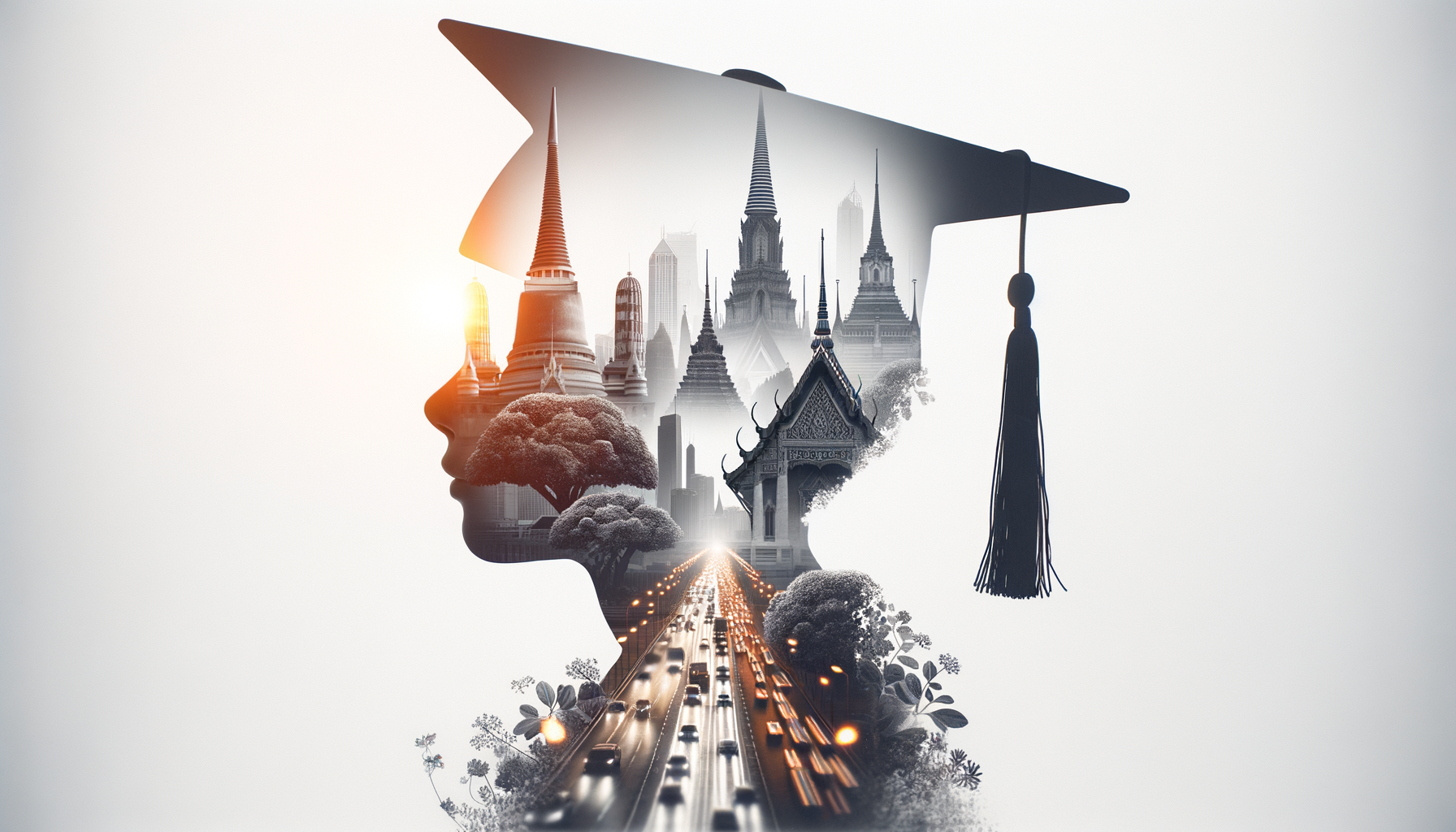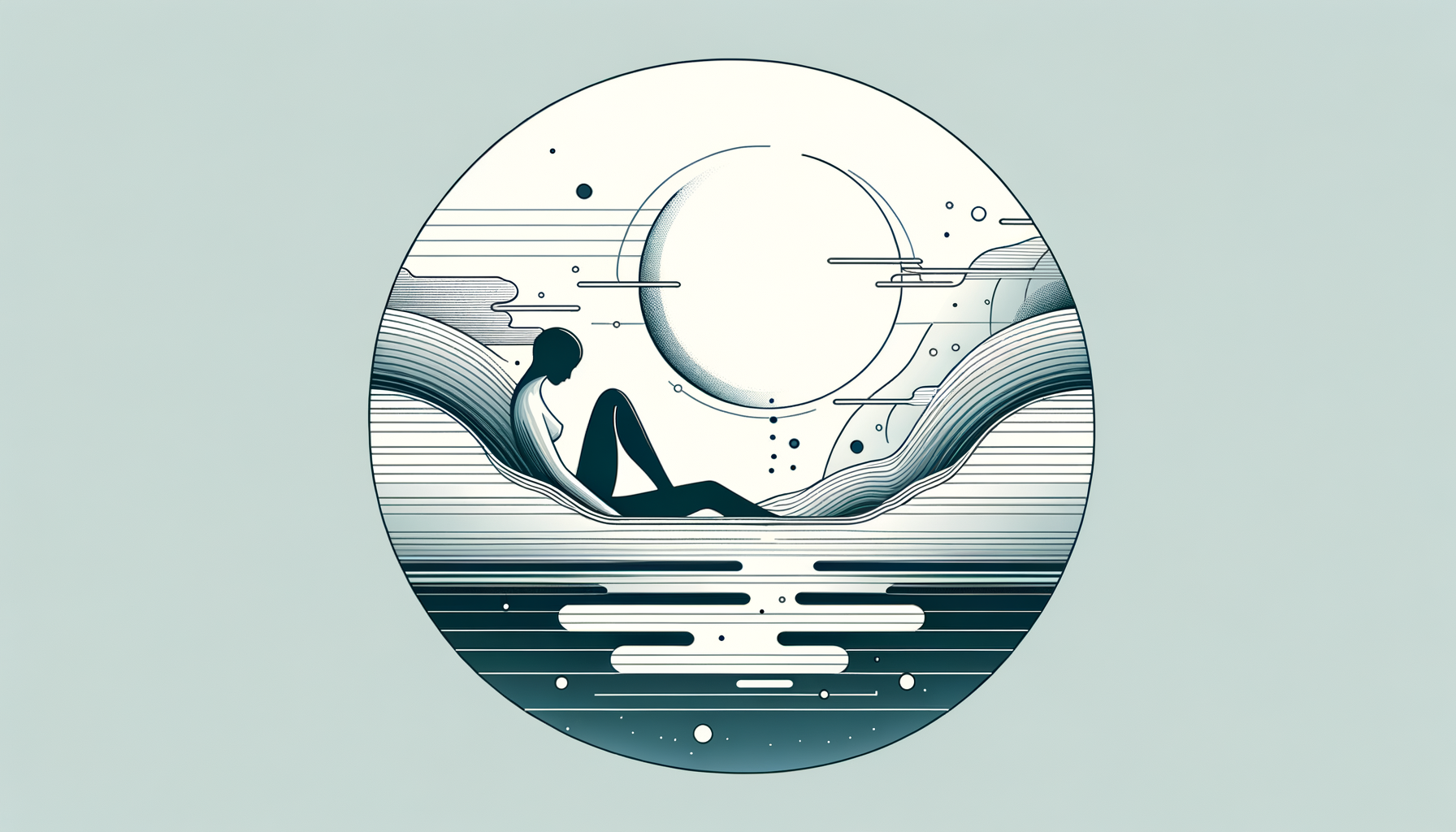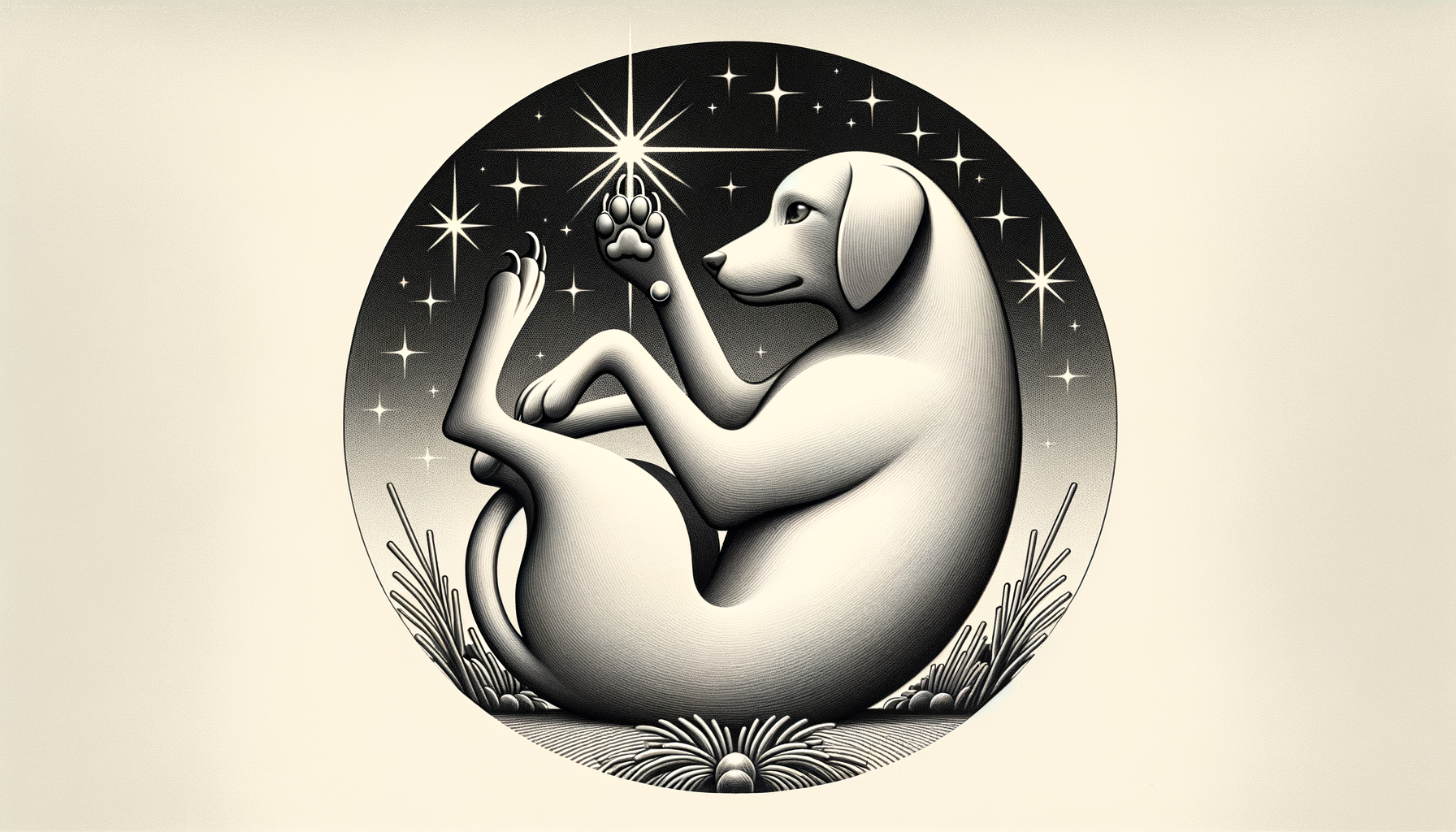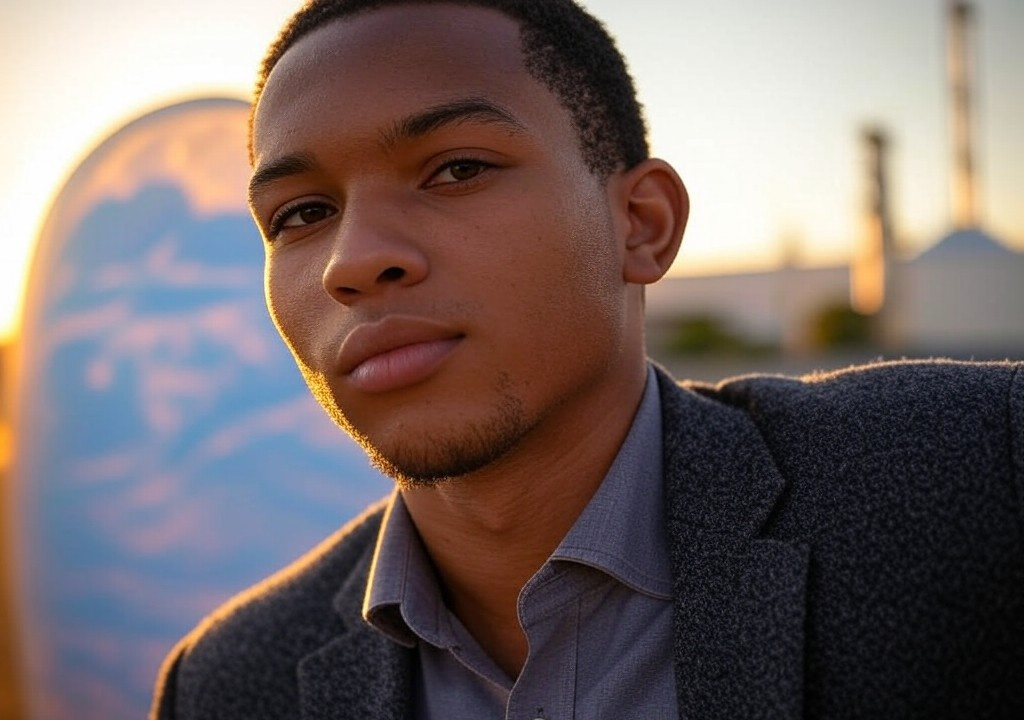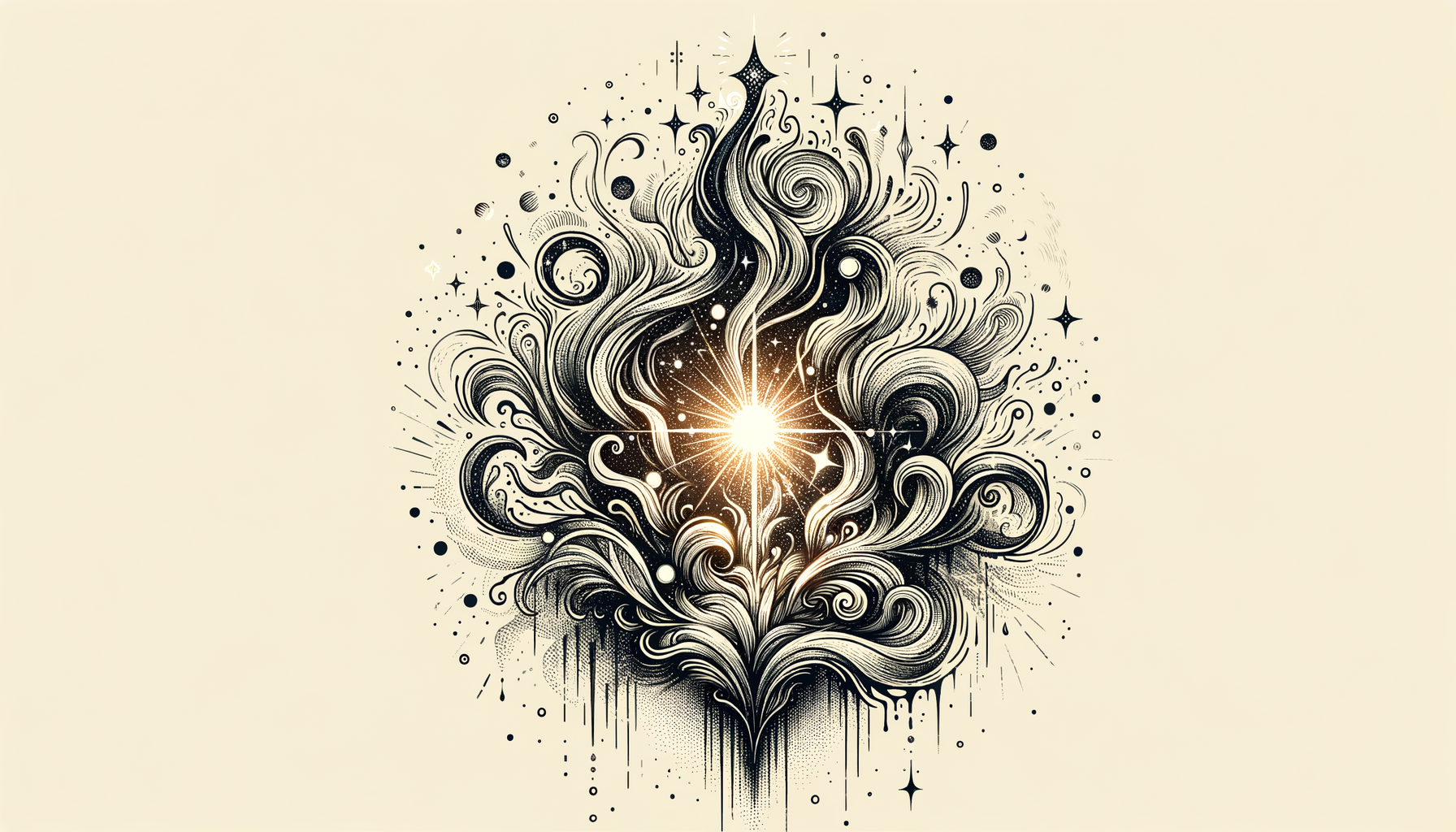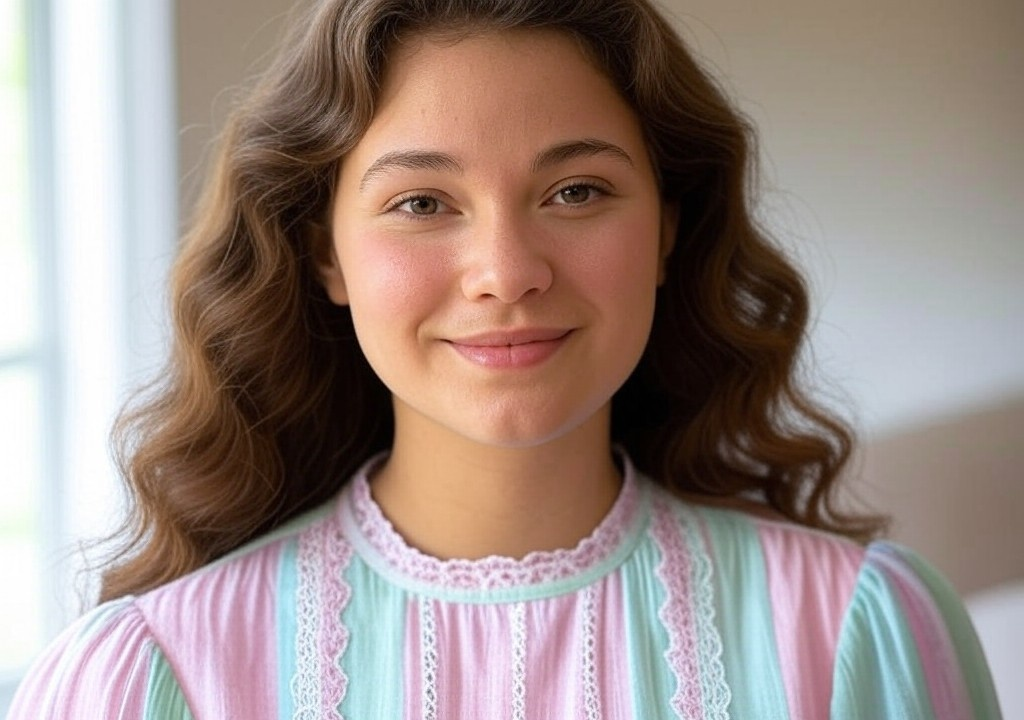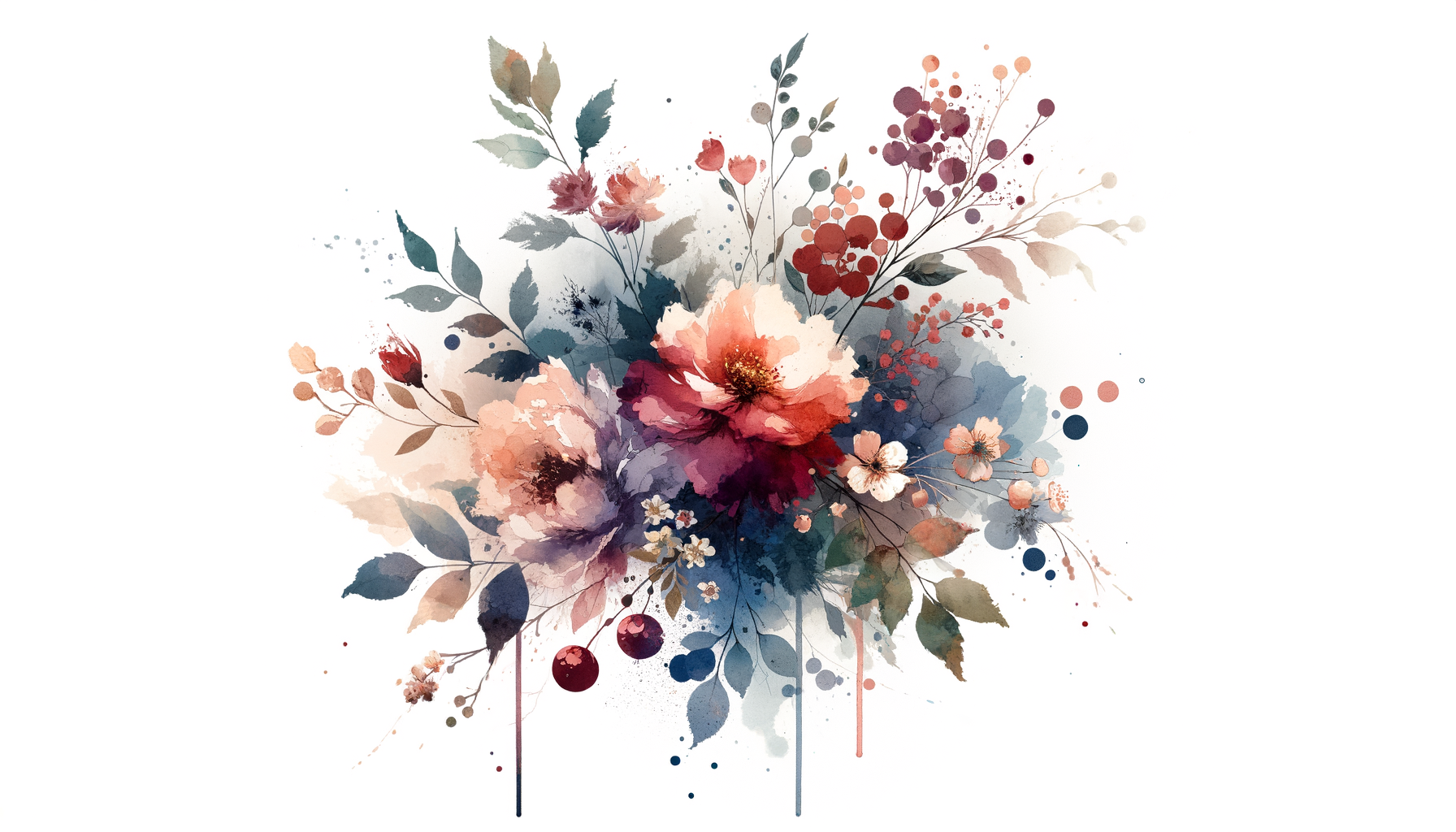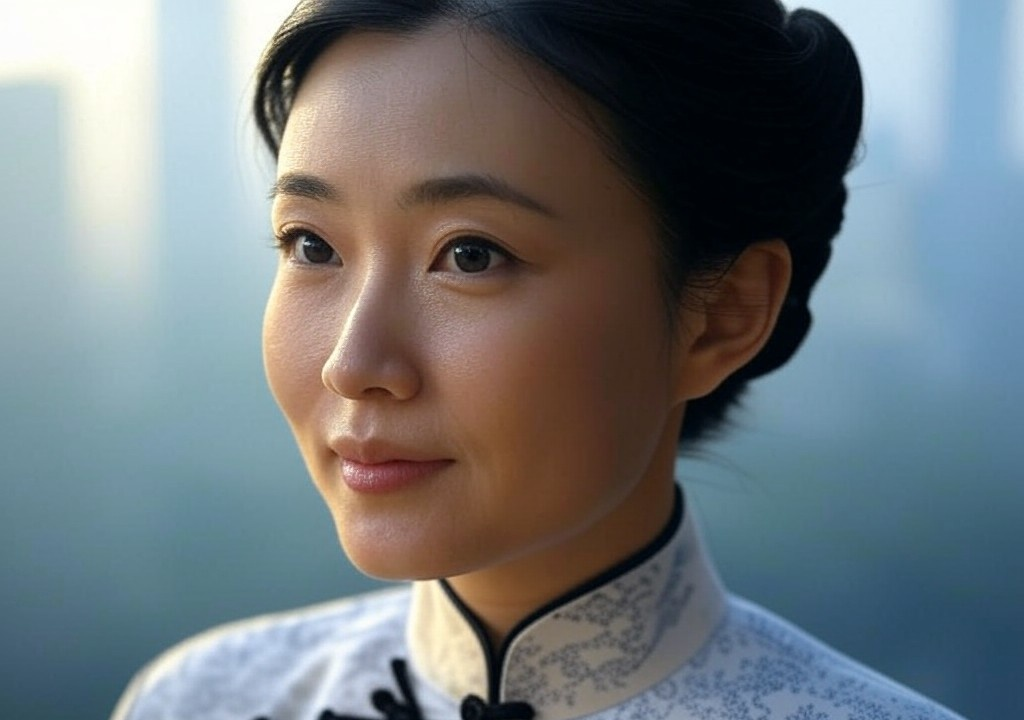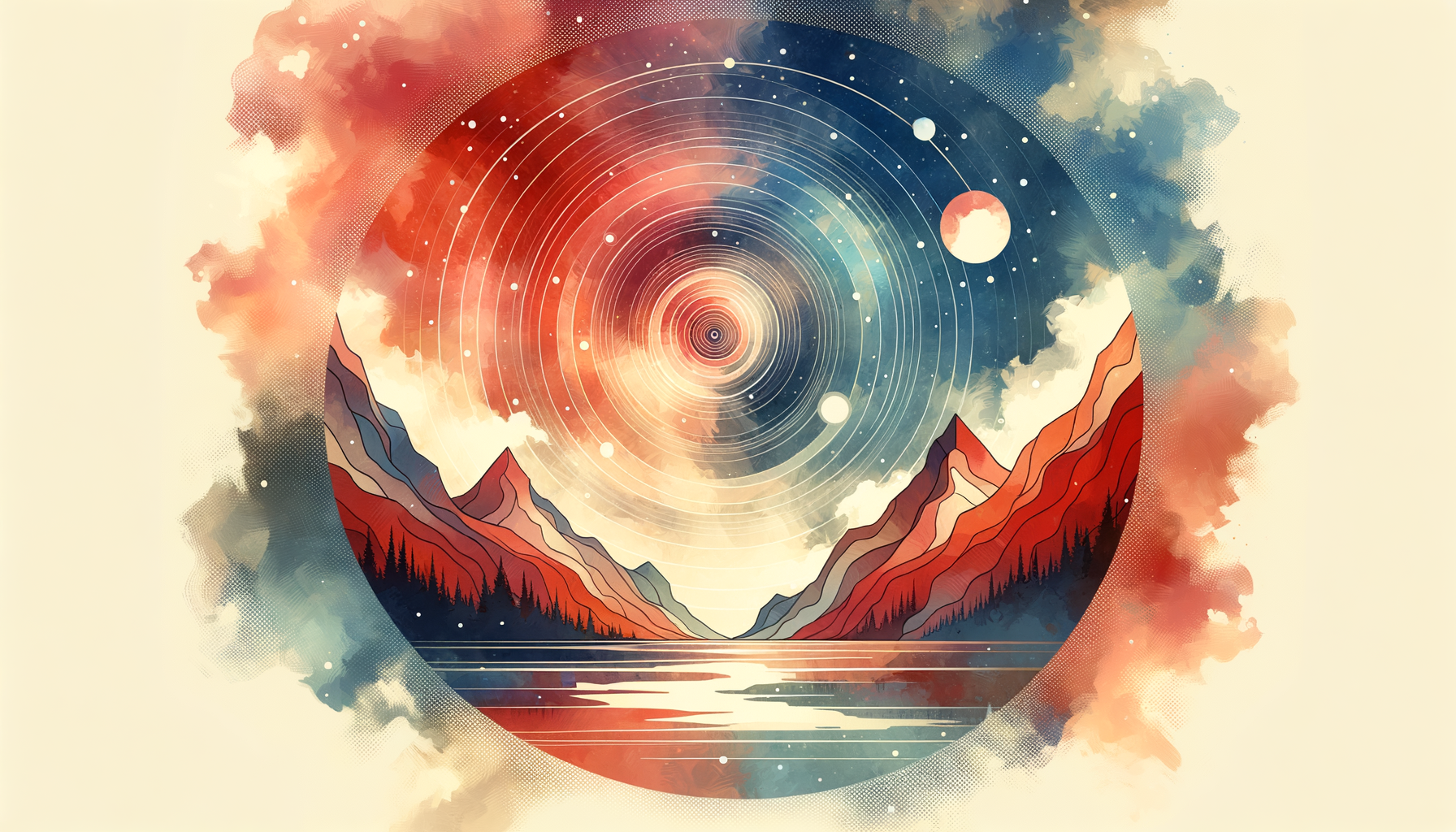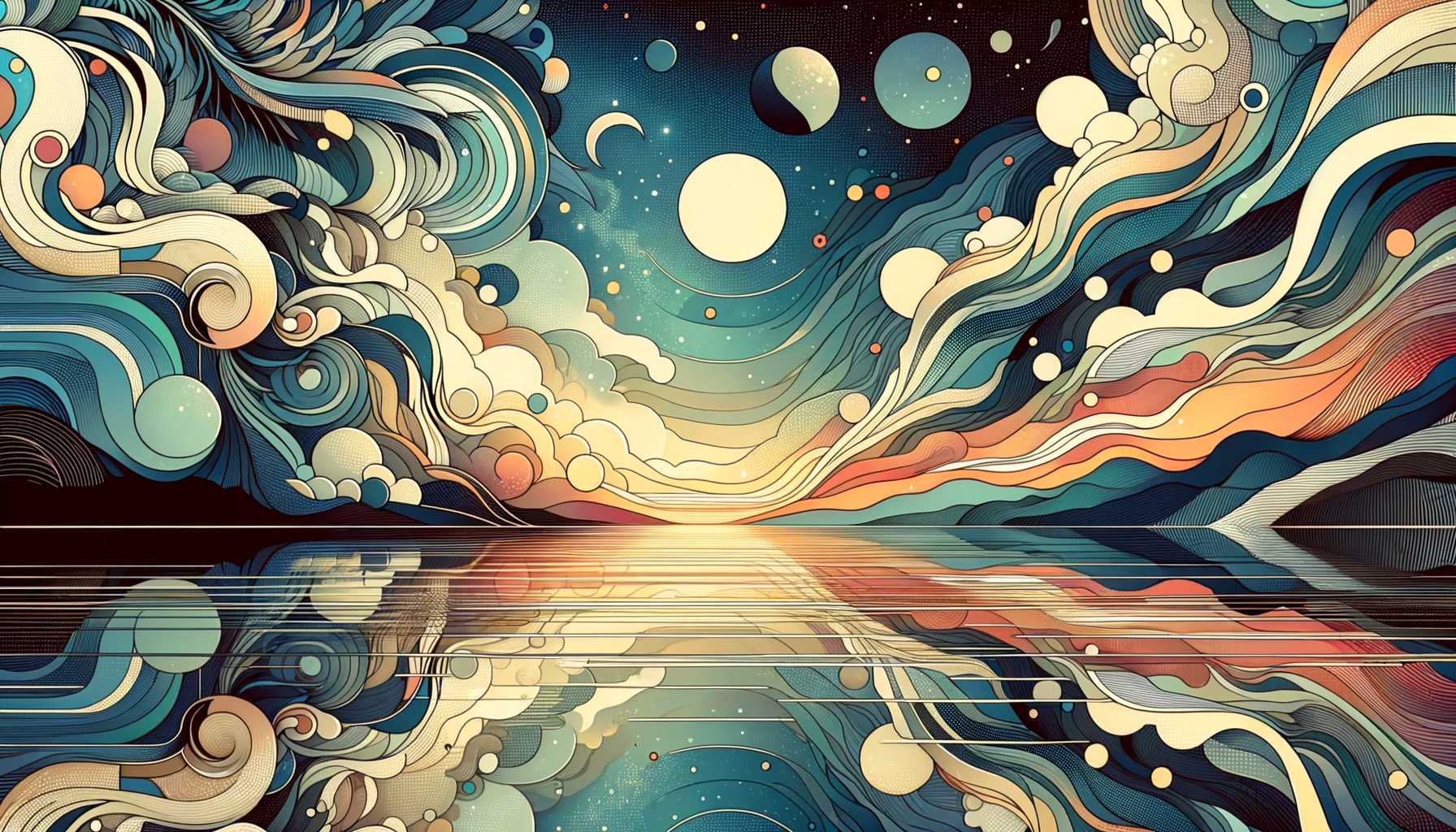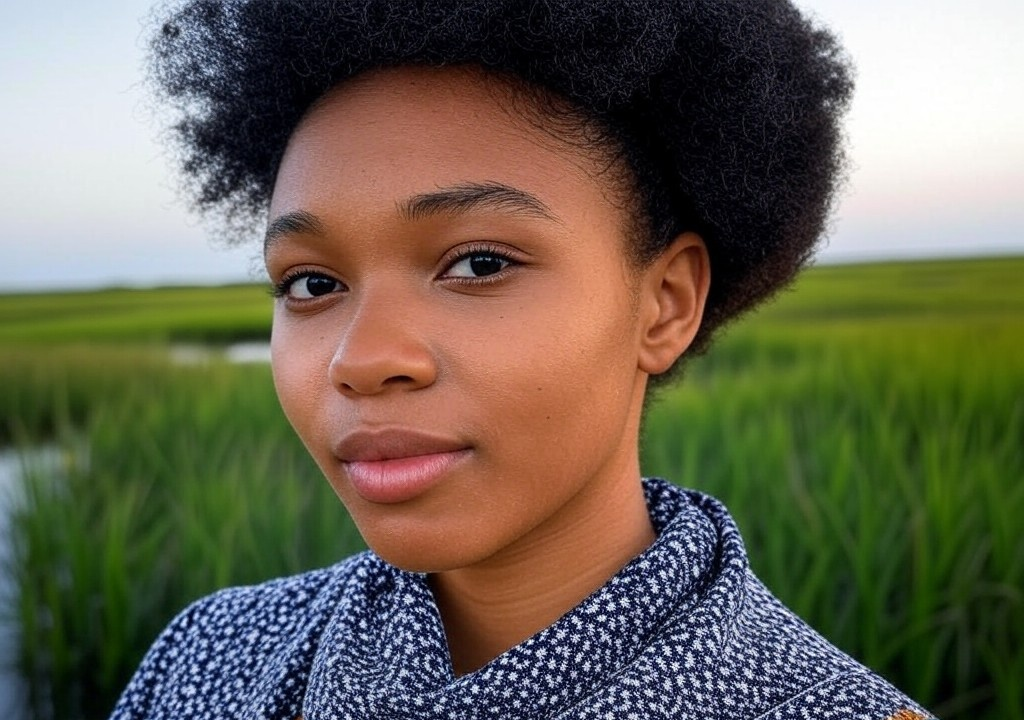The Art of Being Seen: How One Person Changed Everything
I was 24, newly back in New York after grad school in Oxford, and working as an assistant curator at a small contemporary art museum that smelled faintly of overworked espresso machines and existential dread. On paper, I had it together. Ivy League undergrad, a tastefully chaotic social calendar, and an organizing system for my scarves. And yet, in the face of the ridiculous spectacle that is early adulthood, I wobbled. Professionally, I wanted to curate the kind of exhibits that left people feeling like they’d just fallen in love. Instead, I was devising mind-numbing PowerPoints for meetings run by over-caffeinated department heads who treated Post-It notes like holy scripture. Personally? I wasn’t faring much better. I had just ended a relationship with a man who spent more time talking about his fantasy soccer league than engaging with the reality of... me.
Enter Maggie.
Maggie was the museum’s head of education programs—and she terrified me. Not in a Meryl-Streep-in-Devil-Wears-Prada way, but in the way someone scares you because they’re everything you secretly hope to become. Maggie wore fierce red lipstick, quoted James Baldwin at staff meetings, and had an uncanny ability to make even the dullest concept ("Interactive QR Codes: A New Frontier!") seem vital. She was, in short, magnetic.
But what changed everything wasn’t just Maggie’s obvious brilliance. It was the fact that she saw me—not in a passing nod kind of way, but in a way that cracked me open.
The Unspoken Power of Being Seen
There’s an inexplicable alchemy to the moment someone really sees you. It’s like sunlight hitting dust in a forgotten corner, revealing something golden you didn’t know was there. This is true of love (of course) but also of friendships, work relationships, and even those fleeting interactions with deeply intuitive strangers who manage to lob surprising wisdom your way, like Cupid with better aim.
For me, Maggie's impact began during a particularly pointless morning meeting where she caught me doodling in the margins of my notebook. Afterward, as I was slipping out the door to sneak a much-needed croissant break, she called out: “Veronica, do you know how rare it is to find someone who thinks visually? I mean really thinks?”
I froze, and not just because my croissant mission had been thwarted. No one—literally no one—had ever framed my scrawls as valuable. I was so used to thinking of them as distractions, scraps of creativity too messy and nonlinear to matter. And here was Maggie, casually stripping that away like wallpaper I hadn’t realized was ugly.
How Seeing Others Changes Their Path—And Yours
We all have a “Maggie” somewhere in our lives. Or we should. Someone who sees the potential you’ve stopped noticing in yourself. Someone who doesn’t wait for an Instagram-perfect moment to call you out—in the best way. But here’s what I learned from Maggie: Being seen is only half the magic. The real transformation happens when you lean into how it feels to be noticed—and dare to reimagine yourself based on someone else’s belief in you.
Maggie didn’t just compliment my doodles and carry on. A week later, she invited me to co-lead a workshop for young museum-goers on pairing artwork with poetry—meant to encourage those ineffable, gut-instinct connections between disciplines. The task terrified me. I second-guessed every moment, wondering why she’d put me, the PowerPoint Girl, in charge of something so meaningful. But when the day arrived, Maggie sat quietly at the back of the room, watching me transform from nervous lecturer to someone genuinely lit up by the exchange of creativity. Afterward, she took me for coffee and said, “You know you’re allowed to bring all of that—all of you—to the table, right? Stop hiding behind facts and figures. Be messy. People will love it.”
That was her gift: She didn’t tell me I needed to be someone different. She told me I was enough already—and that my “mess” wasn’t something to hide, but to amplify.
How to See (and Be Seen): Practical Lessons
Here’s the deal: Not everyone’s going to have a Maggie. But we can all cultivate the art of seeing—and being seen. It’s not some abstract woo-woo idea reserved for therapy sessions or indie film screenplays. It’s practical, even straightforward, once you get the hang of it. Here’s how:
1. Look Past the Résumé, Whether in Work or Life
Maggie could’ve easily pigeonholed me as the overqualified assistant with a suspiciously large collection of fountain pens. But she didn’t. Instead, she paid attention to my quirks and pieced together a more dimensional version of me. In your own relationships, this means looking past first impressions. Ask your quieter friends what they’re working on, or notice the things your co-worker does that they don’t toot their horn about. People blossom under curiosity.
2. Call Out Spark, Not Perfection
There’s a special power in calling someone out (kindly!) when you see them light up. Maybe it’s the way a friend gets particularly animated while planning their dream trip to Morocco. Or the co-host of your podcast who turns into a bantering genius mid-recording. Tell them! Sometimes people don’t recognize their own sparkle until you hold up the mirror.
3. Don’t Be Afraid to Take Up Space
If someone sees your potential—or a spark you were ready to ignore—lean in. Yes, it’s hard. Yes, you’ll talk yourself out of it for all sorts of stupid reasons (“What if this goes horribly wrong?” “What if they’re only being polite?”). Do it anyway. Maggie’s belief in my creative instincts freed me to write with a more authentic voice, take bigger professional risks, and ditch the idea that everything I presented to the world had to be perfectly polished.
The Ripple Effect of Being Seen
After Maggie’s encouragement—and her insistence that I be “messy”—I left the museum world two years later to start my own boutique publishing imprint. It turned out that my love of art history and harried little doodles weren’t competing interests but complementary ones, and the marriage of those passions led me straight into a career I didn’t know I was brave enough to pursue. And maybe it’s no coincidence that much of my work since then has been about the interplay between seeing and being seen—the quiet power of connection, whether it’s how we relate to a painting, a person, or ourselves. There’s a reason why I obsess over Georgia O’Keeffe’s poppies or Monet’s waterlilies: they demand the kind of looking that gives back.
And Maggie? A few months before she retired, she came to an intimate gallery exhibit I’d curated—my first. She stood in front of the centerpiece portrait, head tilted, then turned to me and grinned: “See? You had it in you all along.”
It’s an enigma of life that recognition can start from outside. There’s grace in someone calling you out, not for your flaws, but for your beauty—raw, unpolished, human. And maybe the simplest way to recognize others is to embrace your own messiness, releasing the notion that you have to be perfect before you’re worthy of being looked at.
So here’s my call to action: Find your Maggie. Or, better yet, be a Maggie for someone else. The world could use more people who see others clearly, and more people willing to believe what they see.


